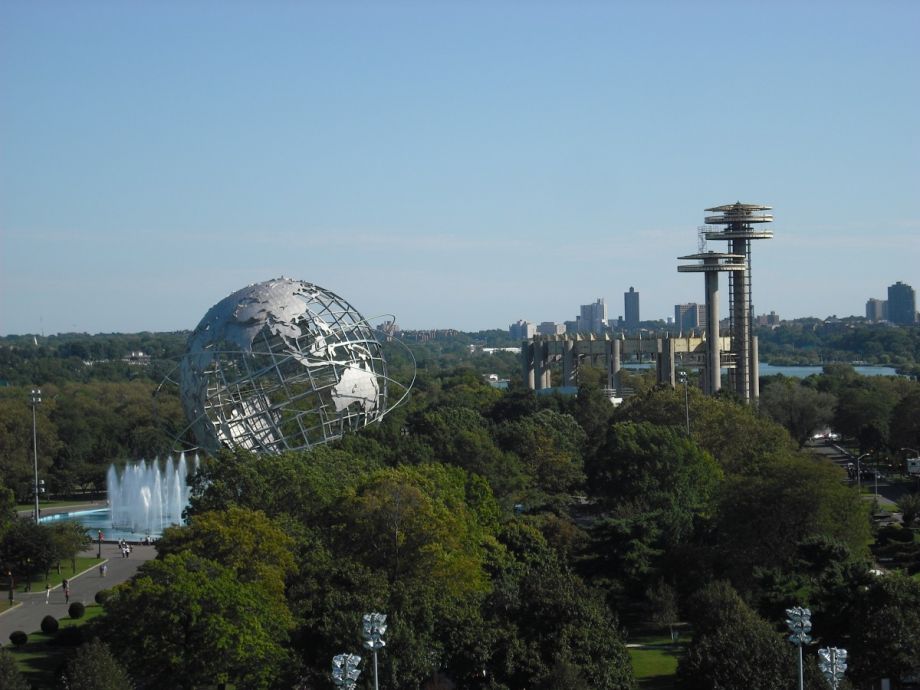In gentrification-wary 2015, the term “park equity” carries troublesome new undertones. Yes, equally distributed green space is the obvious ideal — play deserts and other built imbalances often shave years from the lives of poorer residents — but what happens when a beautiful new park opens and the rent shoots up? As this site’s Science of Cities column examined last summer, how “can we reduce environmental inequities without displacing the very people the improvements are supposed to benefit?”
That Next City post cited a paper co-authored by UC Berkeley professor Jennifer Wolch, also covered recently by Governing, Grist and Fast Company Design. The “just green enough” strategy that Wolch outlines hinges on one point: When building a park, investors, developers and designers can speak their collective piece, but their voices can’t drown out those of the residents for whom the park is being built. To fight displacement, community engagement is key.
With New York’s High Line, where property values rose 103 percent between 2003 and 2011, in our cultural rearview mirror, officials and advocates are assembling new — and, hopefully, more grassroots — models for green space revitalization.
One comes from Queens, only 11 miles from Manhattan’s famously remade railway. Flushing Meadows Corona Park, originally built for the 1939/40 and 1964/65 World’s Fairs, is a sprawling, 897-acre campus spanning one of New York’s most ethnically diverse neighborhoods. Currently, it houses the New York Hall of Science, Queens Museum, Queens Zoo and Citi Field, but according to the Design Trust for Public Space (an organization that’s partnered with New York Parks Department and the Queens Museum to lead redevelopment) its “confusing circulation paths and outdated fairground design” could use a makeover.
Design Trust Executive Director Susan Chin says the area should cater to its immediate neighbors — not just to visitors driving in.
“In 1964-65 most people drove there, but that’s not the same experience you would have arriving as a pedestrian or from the subway or neighborhood,” she says, adding that from large parking lots to signs and entrances, the park’s layout reflects history, not the present.
Because it wants to redesign for the surrounding community, the Design Trust is working with a new engagement model. Last year, it assembled a group of Queens-based activists and stakeholders, with participants including transit advocacy field organizers, Vision Zero activists and members of Immigrant Movement International, among many others.
The group, which has met since December, will present its final design concepts at a public forum on April 12th. Split into four teams, it’s been working toward several goals, including access, making it easier “to get to the park from surrounding neighborhoods,” and historical presentation, making “layers of park history more visible.”
Echoing the de Blasio administration’s Community Parks Initiative, Chin says that designing from the bottom up, with intensive stakeholder participation, empowers residents around their new resource.
“If we engage the community, we do more to help it retain its rights,” she says. “We’re not just teaching them about design concepts and the park, we’re creating a core group of advocates.”
A second example comes from downtown St. Louis, where a recent brainstorming session took on a revamp of Aloe Plaza. Though the plaza is located among businesses rather than residences, diluting the threat of so-called “environmental gentrification,” it’s still an interesting model of community solicitation.
The meeting, which took place last week, was led by Alderwoman Christine Ingrassia, Downtown St. Louis Inc. and the Downtown Neighborhood Association. With a federal grant proposal in the works, Ingrassia says that the group wanted to hear upfront from downtown residents and businesses. Pitches included a Ferris wheel, community gardens, a playground and redesign to make the plaza’s central fountain more accessible.
“We wanted to hear what would make this a place they’d want to be, rather than just coming up with our own ideas,” Ingrassia says.
Community engagement is certainly no panacea. When revitalization actually does force displacement, it’s usually the complex culmination of mandates, zoning and investments. Those issues won’t be fixed by helping to design a park.
Still, it’s a necessary first step, because the dreaded g-word is both amorphous and difficult to draw universal conclusions from. Officials undertaking green space revitalizations need to actively engage and consider the communities that will use them. Even in gentrification-wary 2015, park equity shouldn’t be controversial.
The Works is made possible with the support of the Surdna Foundation.

Rachel Dovey is an award-winning freelance writer and former USC Annenberg fellow living at the northern tip of California’s Bay Area. She writes about infrastructure, water and climate change and has been published by Bust, Wired, Paste, SF Weekly, the East Bay Express and the North Bay Bohemian
Follow Rachel .(JavaScript must be enabled to view this email address)

















